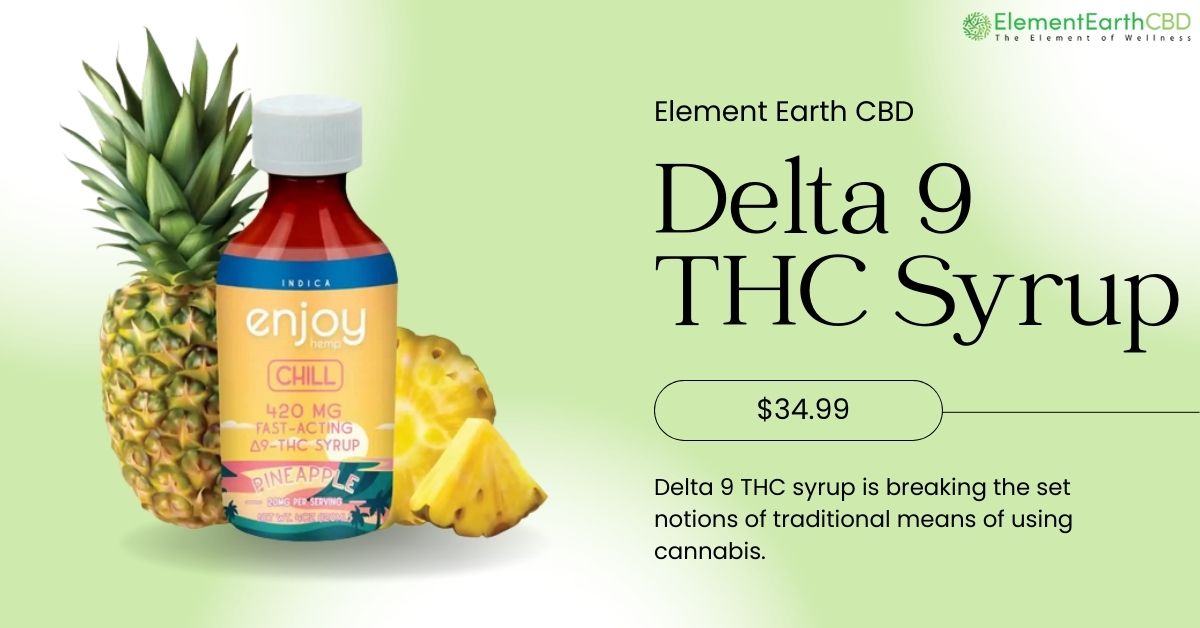Can Hemp Fabric Undo The Mess of Cotton Farming?
“Cotton is a sustainable fiber.”
“Cotton farming is a fair trade practice.”
“Cotton cultivation is an environment friendly farming practice.”
Are you one of the many who believe the above myths?
Then take a look at some of the facts:
For a customer, cotton might be that natural fiber that maintains the skin cool in summer. But the production of this “white gold” is a breeding ground of environmental pollution and social exploitation.

Source
With 25.9 million cotton production annually, it is essential to consider the social and environmental impacts of cotton cultivation.
This article looks at cotton cultivation’s ethical and sustainable side and gives an alternative solution for its negative impacts.
In the next 7 minutes, we will discuss the following:
- Is cotton biodegradable and sustainable?
- Problems associated with cotton production
- Is organic cotton better than conventional cotton?
- Is hemp clothing a sustainable alternative to cotton?
- Industrial hemp, the misunderstood crop
- Sustainable hemp clothing through sustainable farming practice
- Is sustainable hemp clothing the real solution for the negative impacts of cotton farming?
Is cotton biodegradable and sustainable?
Let’s talk the reality!
All things biodegradable are not sustainable.
Cotton is biodegradable but not sustainable.
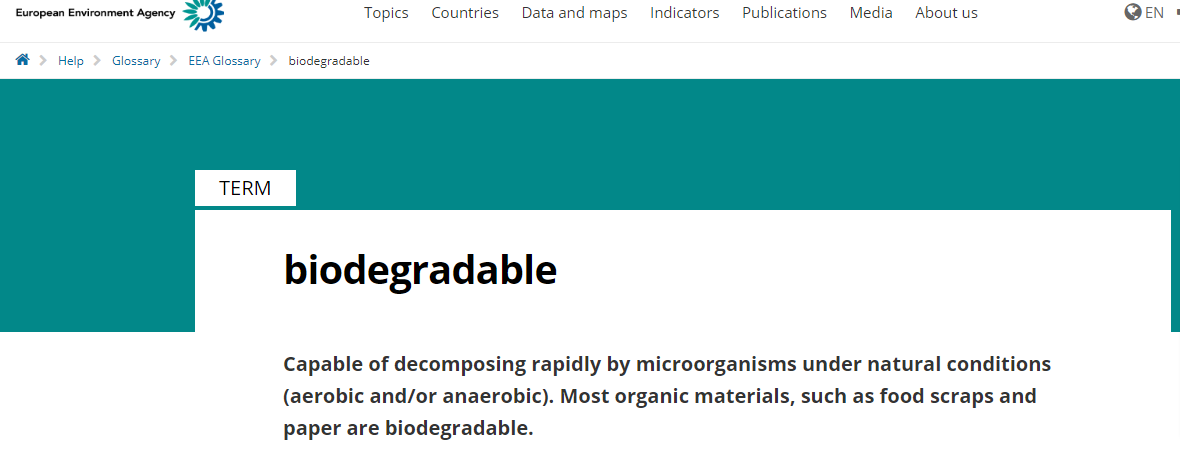
Source
According to the European Environment Agency’s definition, pure cotton falls under the category of biodegradable.
Organic cotton can decompose in 5 months, but when mixed with synthetic materials, it will stay in the landfill longer.
Also, there are many social and environmental problems associated with cotton production when it is not grown organically.
Problems associated with cotton production
1. Cotton cultivation demands a lot of water
Cotton is a crop that requires lots of water. But it is cultivated in irrigation lands because rain during the wrong growing phase does more harm than good to the crop.
According to WWF, 73 percent of the global cotton crop is cultivated on irrigated land.
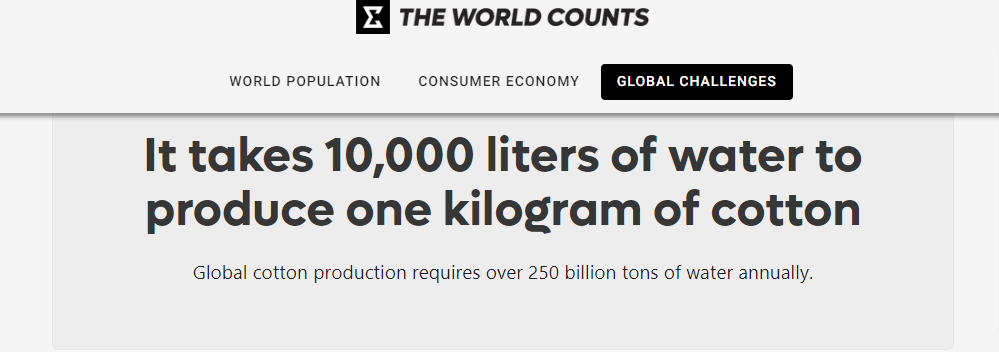
Source
Global cotton cultivation consumes over 250 billion tons of water yearly. This means one cotton t-shirt you purchase takes up 2,700 liters of water which people could otherwise use to meet their basic needs.
UNICEF estimates that four billion people, almost two-thirds of the world’s population, go through living conditions where they experience a lack of water to meet basic needs for at least one month each year.
2. Cotton uses a large amount of pesticides
Cotton is a crop that attracts a lot of bugs, from bollworms and stink bugs to aphids and spider mites.
So cotton farmers rely on pesticides to get rid of it, making it the most chemically intensive crop in the world.

Source
Out of the $2-3 billion priced pesticides used for cotton cultivation annually, $819 million of fertilizers are classified as dangerous.
Take a closer look at the hazardous effects of these fertilizers and pesticides:
- Toxic agrochemicals used during cotton farming can cause anything from cancer and infertility to congenital disabilities.
- The heavy irrigation during cotton cultivation contaminates the surrounding ecosystem, everything from the land, food, and air to soil and water.
- Nitrogen converted into nitrates in fertilizers causes health issues in babies like blue baby syndrome, nausea, breathing problems, dehydration, and vomiting.
Planters utilize an average of 17 teaspoons of chemical fertilizers for every 255 grams of cotton, the size of an average T-shirt.
3. Human exploitation, the social impact of cotton cultivation
Do you think cotton cultivation, which has a dark history of slave struggle, is all clean now?
Though there has been a significant reduction in forced labor and child labor,the officials cannot completely wipe off the allegations.
According to the US Department of Labor reports in 2016, child labor or forced labor was practiced in the cotton cultivation process in 18 countries, including China, India, Pakistan, and Brazil.
The children in these farms work 9-13 hours daily and are not provided any education.
99% of the farmers who are working in the cotton farms of developing countries are illiterate and victims of the harmful side effects of pesticides.
Is organic cotton better than conventional cotton?
Generally, crops are considered organic when they meet two standards:
- No use of GMO seeds
- No use of chemical-based fertilizers, pesticides, and herbicides.
Similarly, organic products must be cultivated without polluting or damaging natural resources and biodiversity.
Though organic cotton, without any doubt, is preferable over conventional cotton, it still needs to meet the above standards.
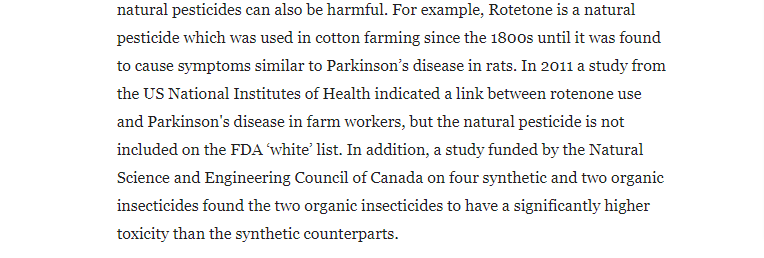
Source
Organic cotton is free from harmful pesticides but utilizes natural and synthetic pesticides, which cause harmful environmental effects.
The organic cotton industry is only 0.2% of world cotton production. Hence it takes work to adopt it as a scalable solution.
Is hemp clothing a sustainable alternative to cotton?
Hemp is a natural fiber, just like cotton, but it is both sustainable and biodegradable.
But cotton is the second most used fiber globally, while hemp remains a niche crop because of its bad reputation.
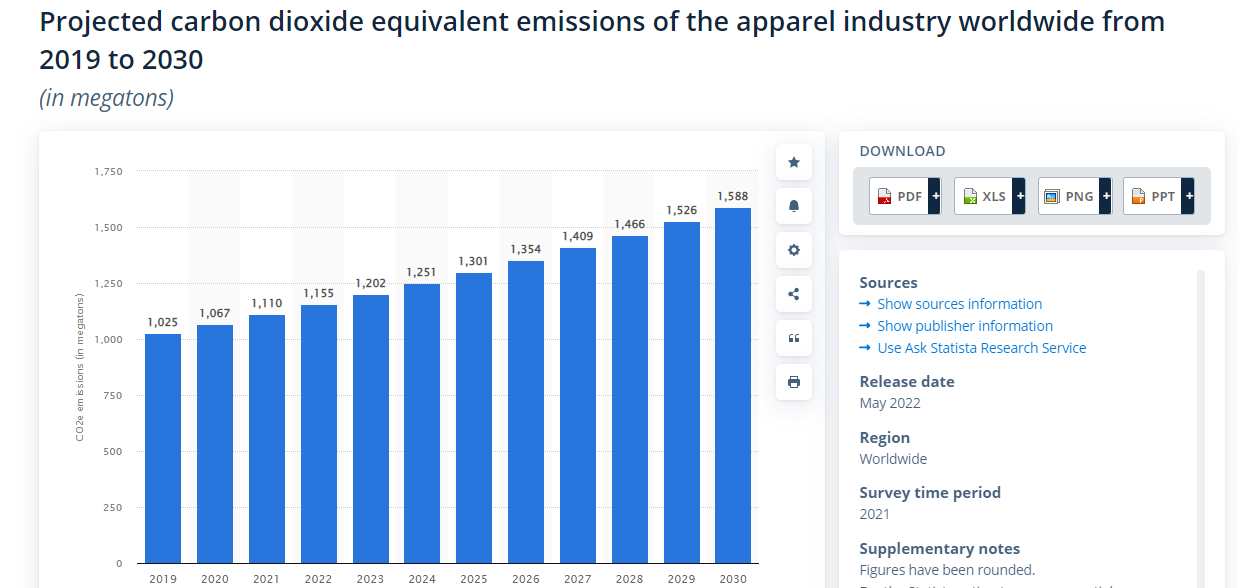
Source
The textile industry is one of the biggest polluters responsible for carbon emissions, pollution, and waste, contributing to climate change.
Understanding the social and environmental impacts of cotton, it is high time to take that giant leap to create wardrobes with low ecological footprints.
Sustainable hemp clothing made from industrial hemp is the best and most challenging option for producing sustainable garments.
Industrial hemp: the misunderstood crop.
Being one of the best sustainable options, the annual production of hemp fibers in 2018 was only 60,657 tons globally.
Wonder why? Hemp has a history from being cultivated as a staple crop to a banned crop.
Ever since hemp was first introduced in North America in 1606, American farmers have grown hemp as a staple crop and advocated for its advantages and uses.
But in the early 1900s, the US government decided to fight against narcotics like marijuana. But hemp got accidentally grouped with its cannabis cousin.
The conflicts against hemp and the availability of alternative sources, like plastic and nylon, contributed to the reduced cultivation of hemp.
Finally, in 1970, the government officially banned hemp farming under the Controlled Substances Act. Hemp was grouped as a Schedule 1 drug, categorizing this crop with drugs like heroin and LSD.
But eventually, the government realized industrial hemp’s possibility to positively impact our health, environment, and economy.
Ultimately in 2018, the government legalized industrial hemp and all its derivatives entirely by approving the Agricultural Improvement Act.
Industrial hemp is used for manufacturing requirements like sustainable hemp clothing and hemp concrete rather than any psychoactive or therapeutic effects.
Industrial hemp falls under the Cannabis sativa L. plant category with the psychoactive compound delta-9-tetrahydrocannabinol (THC) in no more than 0.3% concentration (on a dry weight basis).
Sustainable hemp clothing through sustainable farming practice
Contrary to cotton cultivation, hemp farming is a game-changer causing better health both for people and the environment.
Since hemp plants are pest-resistant and disease resistant, they don’t need pesticides and herbicides and take only a few months to reach their harvesting phase.
The hemp plant can potentially retain soil health and is perfect for nurturing nutrient-depleted soil. In addition, it makes the land suitable for crop rotation reversing the effects of erosion.
Hemp needs approximately 30 – 40 cm (12-15 in) of water per cultivating season or rain equal to make a crop which is far less compared to cotton.
The cultivation of hemp is carbon negative, indicating it soaks up more carbon from the environment during its growth phase than is released during the harvest, transport, and process.
Every single component of the plant can be utilized by humans for sustainable hemp clothing, construction, paper making, and various others, including the seeds!
Is sustainable hemp clothing the real solution for the negative impacts of cotton farming?
There is a strong debate around hemp vs. cotton happening in the industry. So let’s take a final look at it.
| Hemp | Cotton |
| Hemp requires 30 – 40 cm (12-15 in) of water per cultivating season. | Cotton needs two times more water than hemp. |
| Hemp improves soil quality by enriching it. | Since cotton is a monoculture, it depletes the soil quality. |
| Hemp can be grown without the use of any pesticides. | Cotton is one of the most pesticide intensive crops. |
| Hemp cultivates more fiber than cotton in the same amount of land. | Cotton requires more land to produce the same amount of fiber as hemp. |
Cotton has indeed been ruling the textile industry for ages.
But now it’s time to look for alternate options like sustainable hemp clothing considering the social and environmental impacts of cotton on the planet.
Index:
Source:
Ecological Footprints of Hemp and Cotton: A Decisive Comparison
https://www.worldwildlife.org/industries/cotton#:~:text=Runoff%20of%20pesticides%2C%20fertilizers%2C%20and,indirectly%20through%20long%2Dterm%20accumulation.
https://www.thefutonshop.com/blog/negative-effects-of-cotton-farming
https://wamaunderwear.com/blogs/news/hemp-vs-cotton

